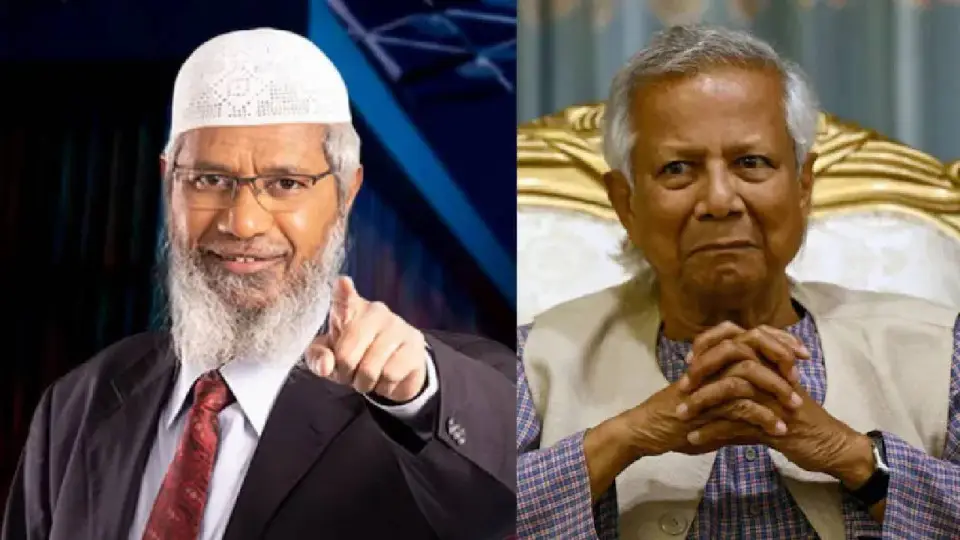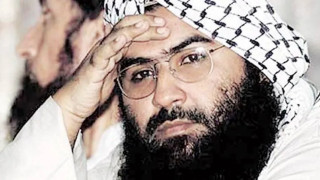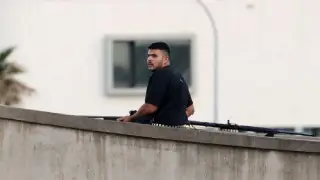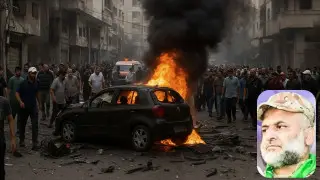
Bangladesh (Credit:Top Indian News)
International News: Bangladesh is undergoing a political reset after Sheikh Hasina’s ouster. A new interim arrangement under Muhammad Yunus faces pressure from many sides. Power centers are still settling and testing each other. Old bans and red lines are being revisited. Religious voices are being courted for street influence. This fluid scene invites foreign players to push agendas. In this churn, security risks can rise quickly.
Officials have approved a month-long itinerary for Zakir Naik from November 28 to December 20. The schedule includes travel across major cities and public lectures. Peace TV faced restrictions under Hasina after the 2016 Dhaka attack. The current approval signals a different political calculation. Supporters call it outreach to conservative audiences. Critics call it risky and provocative. The move has triggered sharp reactions at home and abroad.
India lists Naik’s group as outlawed and probes him for hate speech and laundering. Agencies link his sermons to radicalization in several cases. New Delhi views Dhaka’s approval as a hostile signal. It also worries about cross-border facilitation and safe havens. Security planners fear recruitment pipelines reviving again. Any new sanctuary next door complicates India’s counter-terror grid. That is why this visit raises immediate red flags.
Reports in Delhi allege deeper ISI activity since the power shift. They speak of training, funding and covert logistics routed via Bangladesh. Old networks like HuJI and JMB are mentioned in briefings. Pakistan’s spy links are not new but appear bolder now. Such activity thrives when politics is unsettled and distracted. If unchallenged, it can harden into infrastructure. That is how small signals become big threats.
Local chatter suggests Naik may meet religious leaders and campus influencers. Security notes also flag possible contact attempts with hardline elements. Authorities deny any official facilitation of extremists. But denials cannot erase street-level optics. Photo-ops can create momentum and legitimacy. That momentum can then convert into recruitment funnels. This is exactly what regional agencies want to prevent.
Indian and Bangladeshi teams are mapping routes, donors and venues. They are tracking digital broadcasts and crowd mobilization patterns. Old Peace TV distribution chains are getting a second look. Financial trails linked to past cases are being reopened. Vetting lists for attendees are being prepared quietly. Border units are updating watchlists and alerts. The goal is to pre-empt, not just react after damage.
If the tour stays peaceful, Dhaka will claim normalcy and openness. If unrest follows, pressure will mount on the interim setup. International partners will watch how policing is handled. India will calibrate diplomacy with sharper security posture. Pakistan will read the moment as strategic space. Civil society in Bangladesh will test the government’s red lines. The next three weeks may define the region’s risk curve.













Copyright © 2025 Top Indian News
